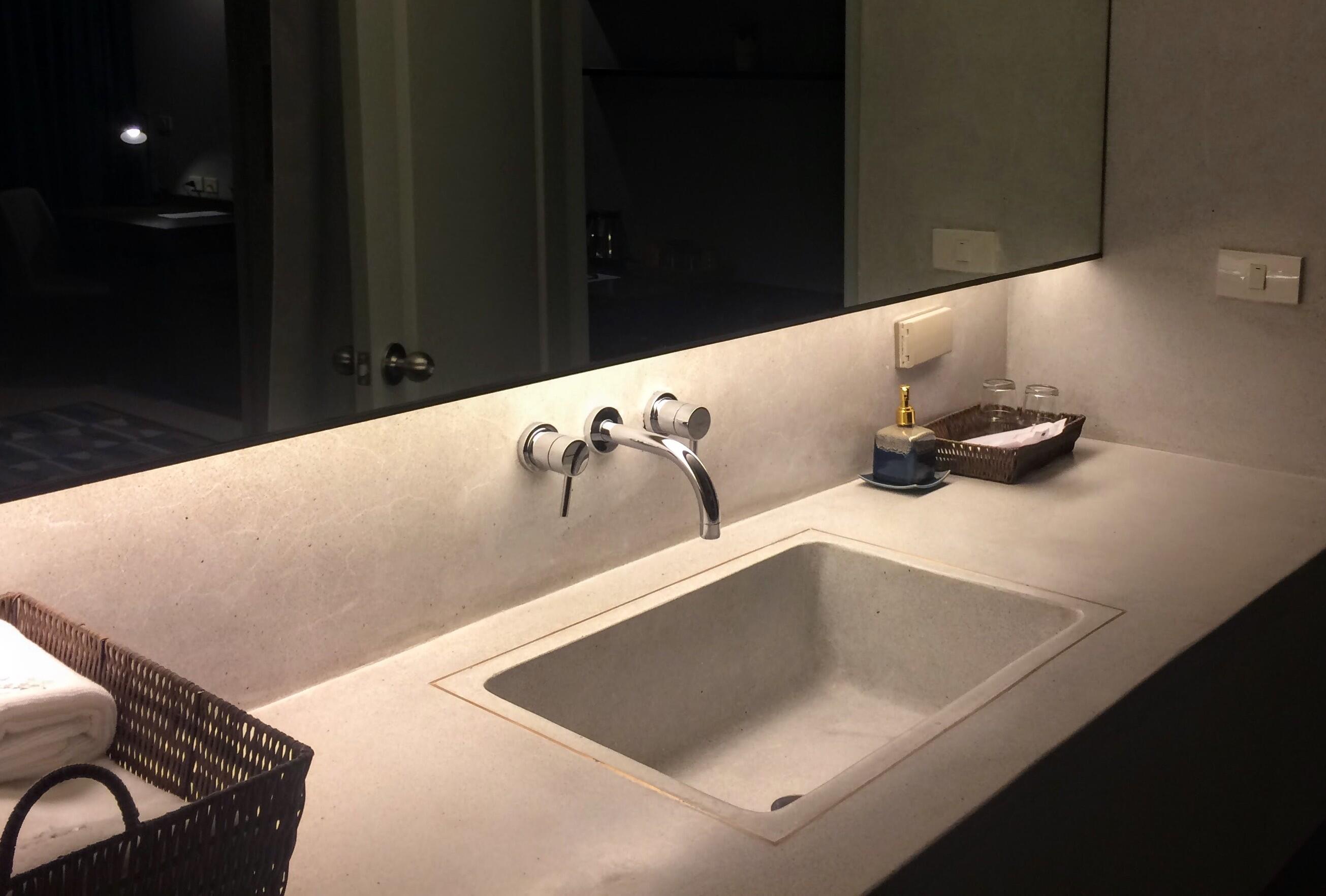

Articles
What Is A Basin Sink
Modified: October 18, 2024
Discover everything you need to know about basin sinks in this informative article. From different types to installation tips, find all the details here.
(Many of the links in this article redirect to a specific reviewed product. Your purchase of these products through affiliate links helps to generate commission for Storables.com, at no extra cost. Learn more)
Introduction
A basin sink is a popular type of sink that is widely used in bathrooms and kitchens. It offers functionality and style, making it a versatile choice for any space. In this article, we will explore the definition of a basin sink, the different types available, the benefits of using one, factors to consider when choosing a basin sink, the installation process, maintenance tips, and common FAQs associated with basin sinks.
A basin sink, also known as a vessel sink or countertop sink, is a freestanding sink that sits on top of a counter or vanity. Unlike traditional undermount or drop-in sinks, a basin sink rests above the surface and adds a touch of elegance to the overall design of the room. It is a popular choice for modern and contemporary styles, but can also complement traditional and farmhouse aesthetics.
Basin sinks come in a variety of materials, including porcelain, ceramic, glass, stone, and metal. This wide range of options allows homeowners to choose a sink that suits their personal style and complements the overall décor of the space. Additionally, basin sinks can be found in various shapes and sizes, such as round, oval, square, rectangular, and irregular shapes, giving homeowners plenty of design flexibility.
The main appeal of a basin sink is its visual impact. It creates a focal point in the room and adds a unique and artistic touch to the space. With the sink sitting above the counter, it draws attention and becomes a statement piece. The wide variety of materials, shapes, and colors available means that homeowners can find a basin sink that perfectly matches their style and personality.
Aside from its aesthetic benefits, a basin sink also offers practical advantages. It provides a deep and spacious basin, allowing for easy washing and accommodating larger items. The raised height of the sink is ergonomically friendly, as it reduces strain on the back and eliminates the need for hunching over while using the sink. This makes it ideal for individuals with mobility issues or those who prefer a more comfortable sink experience.
Now that we have explored the basics of basin sinks, let’s delve into more detail about the different types available and the benefits they offer.
Key Takeaways:
- Basin sinks offer a stylish and practical addition to any bathroom or kitchen, providing aesthetic appeal, ergonomic design, and customization options to enhance the overall space.
- Choosing a basin sink involves considering factors such as style, size, functionality, maintenance, and budget, ensuring it meets specific needs and complements the overall design of the room.
Read more: What Is A Sink
Definition of a Basin Sink
A basin sink, also known as a vessel sink or countertop sink, is a type of sink that is designed to be mounted above the countertop or vanity surface. Unlike traditional undermount or drop-in sinks that are installed beneath the countertop, the basin sink sits on top, creating a visually striking and functional element in the bathroom or kitchen.
The design of a basin sink is often characterized by its freestanding nature, with a bowl-like shape that resembles a basin or vessel. This unique design adds a touch of elegance and style to any space, making the basin sink a popular choice for homeowners and interior designers alike.
Basin sinks are available in a wide variety of materials, including porcelain, ceramic, glass, stone, and metal. Each material offers its own distinct look and feel, allowing homeowners to choose a basin sink that matches their personal style and complements the overall aesthetic of the room.
These sinks come in various shapes and sizes, ranging from round and oval to square and rectangular, offering homeowners versatility in finding the perfect fit for their space. Additionally, basin sinks can feature intricate designs, patterns, or textures, further enhancing the visual appeal and adding an artistic element to the sink.
One of the key features of a basin sink is its raised height above the countertop. Unlike traditional sinks that are installed at counter level, the elevated position of the basin sink offers ergonomic benefits. Users can comfortably access the sink without having to bend over or strain their back, resulting in a more comfortable and convenient experience.
Furthermore, the deep basin of a basin sink provides ample space for washing hands, dishes, or other items. The generous size allows for efficient use of water and makes it easier to clean larger objects. This is particularly beneficial in the kitchen, where the basin sink can handle large pots and pans with ease.
In summary, a basin sink is a stylish and functional sink option that adds a touch of elegance to any bathroom or kitchen. Its freestanding design, variety of materials, and unique shapes make it a versatile choice for homeowners seeking to enhance the aesthetic appeal of their space. With its raised height and deep basin, the basin sink offers both visual impact and practicality.
Types of Basin Sinks
Basin sinks come in various types, each with its own unique features and characteristics. The type of basin sink you choose will ultimately depend on your personal preferences, the style of your space, and the functionality you require. Let’s explore some of the most common types of basin sinks:
- Porcelain Basin Sinks: Porcelain basin sinks are a classic choice that offers a timeless and elegant look. They are known for their durability, easy maintenance, and resistance to stains and scratches. Porcelain basin sinks are available in various shapes and sizes, allowing homeowners to find the perfect fit for their space.
- Glass Basin Sinks: Glass basin sinks are a popular choice for those seeking a modern and sleek look in their bathroom or kitchen. They offer a transparent or translucent appearance, creating a visually striking effect. Glass basin sinks require regular cleaning to maintain their sparkle and clarity, but they can add a touch of sophistication to any space.
- Ceramic Basin Sinks: Ceramic basin sinks are another common option that combines durability and versatility. They are available in a wide range of colors, shapes, and sizes, making it easy to find a ceramic basin sink that complements your style and décor. Ceramic basin sinks are resistant to stains and scratches, making them an ideal choice for high-traffic areas.
- Stone Basin Sinks: Stone basin sinks are a luxurious choice that adds a natural and rustic touch to any space. They can be made from materials such as granite, marble, or travertine, offering unique patterns and textures. Stone basin sinks require regular sealing and maintenance to preserve their appearance, but they can create a statement piece in your bathroom or kitchen.
- Metal Basin Sinks: Metal basin sinks, such as stainless steel or copper, offer a modern and industrial look. They are durable, easy to clean, and resistant to heat and stains. Metal basin sinks can add a contemporary touch to your space and are often chosen for their sleek and minimalist design.
These are just a few examples of the types of basin sinks available in the market. It’s important to consider factors such as your style preferences, maintenance requirements, and budget when selecting the right type of basin sink for your space. By choosing a basin sink that aligns with your needs, you can enhance the overall aesthetic and functionality of your bathroom or kitchen.
Benefits of Using a Basin Sink
Using a basin sink in your bathroom or kitchen offers a range of benefits that go beyond just functionality. Let’s explore some of the advantages of using a basin sink:
- Aesthetic Appeal: One of the major benefits of using a basin sink is the aesthetic appeal it adds to the space. Basin sinks are available in various materials, shapes, and designs, allowing you to choose one that complements your personal style and enhances the overall aesthetics of your bathroom or kitchen. They serve as a focal point and can become a statement piece that elevates the entire space.
- Versatility: Basin sinks come in different shapes and sizes, making them versatile for various applications. Whether you have a small or large bathroom or kitchen, there is a basin sink out there that can fit your space perfectly. Their freestanding design allows for easy installation on top of a countertop or vanity, providing flexibility in placement.
- Ergonomics: The raised height of a basin sink offers ergonomic benefits. Unlike traditional sinks that are installed at counter level, a basin sink is elevated, making it more comfortable to use. The reduced need for bending or stooping promotes better posture and reduces strain on the back and neck. The comfortable height is particularly beneficial for individuals with mobility issues or those who spend a significant amount of time at the sink.
- Deep Basin: Basin sinks typically have a deep basin, providing ample space for various tasks. Whether you need to wash your face, hands, dishes, or even bathe a small pet, the deep basin of a basin sink can accommodate those needs. Moreover, the deep basin reduces splashing and helps contain water within the sink, preventing a mess on the countertop.
- Easy Maintenance: Basin sinks are generally easy to clean and maintain. The smooth surfaces of materials like porcelain, ceramic, or glass make it easy to wipe away dirt, grime, and water spots. Stone and metal basin sinks may require specific cleaning products or sealants for maintenance. However, overall, basin sinks are designed to be user-friendly when it comes to maintenance.
- Customization Options: With a wide variety of materials, shapes, and designs available, basin sinks offer a range of customization options. You can choose a sink that matches your personal style and coordinates with the overall theme of your bathroom or kitchen. Whether you prefer a sleek glass sink or a rustic stone sink, the possibilities for customization are endless.
- Enhanced Value: Installing a basin sink can increase the value of your home. It is considered a desirable feature in bathrooms and kitchens, as it adds a touch of luxury and sophistication. If you plan on selling your home in the future, a well-designed and aesthetically pleasing basin sink can attract potential buyers and differentiate your property from others in the market.
These are just a few of the many benefits that come with using a basin sink in your bathroom or kitchen. From aesthetic appeal to practicality, basin sinks offer a unique combination of style and functionality that can enhance the overall enjoyment and value of your space.
Factors to Consider when Choosing a Basin Sink
Choosing the right basin sink for your bathroom or kitchen involves considering several factors to ensure that it meets your needs and complements the overall design of your space. Here are some key factors to consider when selecting a basin sink:
- Style and Design: The style and design of the basin sink should align with your personal preferences and the overall aesthetic of the room. Consider factors such as the shape, material, color, and pattern of the sink. Decide whether you want a modern, traditional, or rustic look and choose a basin sink that complements that style.
- Size and Dimensions: Measure the available space in your bathroom or kitchen to determine the appropriate size of the basin sink. Consider the depth, width, and height of the sink to ensure it fits comfortably within your countertop or vanity. Take into account any plumbing or cabinetry restrictions that may affect the size of the sink.
- Functionality: Think about how you will be using the basin sink. Will it be primarily for handwashing, dishwashing, or both? Consider the depth and size of the basin, as well as any additional features like built-in soap dispensers or sprayer attachments that may enhance its functionality.
- Maintenance Requirements: Different materials have varying maintenance requirements. Porcelain and ceramic sinks are generally easy to clean and maintain, while glass sinks may require more frequent cleaning to prevent water spots. Stone sinks may require periodic sealing to protect against stains, and metal sinks may need specific cleaning products to maintain their shine. Consider the level of maintenance you are willing to invest in the basin sink.
- Budget: Set a budget for your basin sink purchase. Basin sinks can range in price depending on the material, size, brand, and additional features. Determine how much you are willing to spend and find a sink that meets your budget while still fulfilling your desired criteria.
- Installation Method: Consider the installation method of the basin sink. Will it be installed as a freestanding sink on top of the countertop or as an undermount sink that is mounted beneath? Each method has its own aesthetic and practical considerations, so choose one that suits your preferences and existing plumbing setup.
- Compatibility: Ensure that the basin sink is compatible with your existing plumbing system and countertop. Measure the faucet hole spacing on the sink to ensure it matches the spacing of your chosen faucet. Additionally, consider the compatibility of the sink with the drain system and any other plumbing fixtures you may need.
- Quality and Durability: Invest in a high-quality basin sink that is built to last. Consider the reputation of the brand, the warranty offered, and customer reviews to assess the quality and durability of the sink. A well-made basin sink will withstand daily use and maintain its aesthetic appeal over time.
By carefully considering these factors, you can choose a basin sink that not only suits your functional needs but also enhances the overall aesthetic of your bathroom or kitchen. Take your time to research and explore different options to find the perfect basin sink for your space.
When installing a basin sink, make sure to properly seal the edges with silicone to prevent water leakage. This will help maintain the integrity of the sink and prevent damage to the surrounding area.
Read more: What Is A Fireclay Sink
Installation Process of a Basin Sink
Installing a basin sink may seem daunting, but with the right tools and steps, it can be a relatively straightforward process. Here is a general guide to the installation process of a basin sink:
- Prepare the Work Area: Start by preparing the work area. Clear out the countertop or vanity where the sink will be installed. Ensure that the area is clean and free from any debris or obstructions.
- Measure and Mark: Measure the dimensions of the sink and mark the placement on the countertop or vanity. Use a measuring tape and a pencil to ensure accurate placement.
- Template and Cutout: Some basin sinks come with a template that can be used for creating a cutout on the countertop. Place the template over the marked area and trace the outline. If a template is not provided, you can use the sink itself as a guide for marking the cutout.
- Cut the Countertop: Using a jigsaw or a similar tool, carefully cut along the marked outline to create the cutout. Take your time and ensure a smooth and precise cut. Use caution and follow proper safety guidelines when working with power tools.
- Place the Sink: Once the cutout is completed, carefully place the basin sink into the cutout. Ensure that the sink sits evenly and securely on the countertop or vanity surface.
- Connect the Plumbing: Connect the plumbing components to the basin sink. This may include attaching the drain assembly, faucet, and any additional accessories or connections. Follow the manufacturer’s instructions and ensure proper sealing and tightening of all connections.
- Secure the Sink: Once the plumbing is in place, secure the basin sink to the countertop or vanity. This can be done with mounting brackets or clips that are typically provided with the sink. Follow the manufacturer’s instructions for proper installation and ensure that the sink is securely fastened.
- Test for Leaks: Before finishing the installation, test the sink for any leaks. Run water through the faucet and check all the connections and plumbing for signs of leakage. Make any necessary adjustments or repairs to ensure a watertight seal.
- Seal the Edges: Finally, seal the edges of the basin sink with silicone caulk. This will ensure a waterproof seal between the sink and the countertop, preventing any water damage or leakage. Smooth out the caulk and allow it to dry according to the manufacturer’s instructions.
It is important to note that these steps provide a general overview of the installation process. Specific instructions may vary depending on the type and brand of the basin sink you are installing. Always refer to the manufacturer’s instructions for precise guidelines and any additional steps or considerations specific to your sink.
If you are unsure or uncomfortable with performing the installation yourself, it is recommended to seek the assistance of a professional plumber or a qualified handyman to ensure a proper and safe installation of your basin sink.
Maintenance Tips for Basin Sinks
Maintaining your basin sink properly will not only keep it looking clean and pristine but also prolong its lifespan. Here are some essential maintenance tips to ensure the longevity and functionality of your basin sink:
- Regular Cleaning: Clean your basin sink regularly to prevent the buildup of dirt, stains, and mineral deposits. Use a mild non-abrasive cleaner or a mixture of warm water and gentle dish soap. Avoid harsh chemicals or abrasive cleaning agents that can damage the surface of the sink.
- Avoid Scratches: Be mindful of sharp objects or abrasive materials that can scratch the surface of your basin sink. Avoid using steel wool, rough sponges, or abrasive cleaning pads. Instead, opt for soft cloths or sponges when cleaning the sink to minimize the risk of scratching.
- Prevent Stains: Certain substances like coffee, tea, wine, and acidic liquids can cause stains if left on the surface of the basin sink for an extended period. Wipe up spills promptly and rinse the sink thoroughly to prevent permanent staining. If stains do occur, you can use baking soda or a mild bleach solution to gently scrub the affected area.
- Avoid Excessive Heat: Avoid placing hot pans or utensils directly on the surface of the basin sink, especially if it is made of materials like glass or acrylic. Extreme heat can cause damage or discoloration. Use trivets or heat-resistant mats to protect the sink from excessive heat.
- Minimize Impact: Take care when placing heavy objects or hard utensils in the basin sink to prevent chips or cracks. Place a rubber or silicone mat in the sink when washing dishes or handling hard objects to cushion any potential impacts.
- Prevent Lime Scale: If you live in an area with hard water, lime scale buildup can be a common issue. To prevent this, wipe down the sink regularly with a soft cloth or microfiber towel after each use. This helps to remove any water droplets that can lead to mineral deposits. You can also use a mixture of vinegar and water to remove any existing lime scale buildup.
- Keep Drains Clean: Regularly clear out any debris or hair from the sink drain to prevent clogging. Use a drain stopper or strainer to catch larger particles and dispose of them in the trash. Avoid pouring grease or food scraps down the drain, as this can lead to blockages and unpleasant odors.
- Sealing (for Stone Sinks): If you have a stone basin sink, such as granite or marble, it may require periodic sealing to maintain its appearance and prevent stains. Follow the manufacturer’s recommendations for sealing the sink, usually once or twice a year. Be sure to clean the sink thoroughly before applying the sealer according to the instructions provided.
- Follow Manufacturer’s Recommendations: Always refer to the specific care and maintenance instructions provided by the manufacturer for your basin sink. Different materials and finishes may have particular requirements or recommended cleaning products. Adhering to these guidelines will help ensure the longevity and beauty of your basin sink.
By following these maintenance tips, you can keep your basin sink clean, free of stains, and in excellent condition for years to come. Regular cleaning and proper care will not only maintain its aesthetic appeal but also contribute to a hygienic and functional sink in your bathroom or kitchen.
Frequently Asked Questions (FAQs)
Here are some commonly asked questions about basin sinks:
- 1. What is a basin sink?
- 2. What are the advantages of using a basin sink?
- 3. What materials are basin sinks made from?
- 4. How do I choose the right basin sink for my space?
- 5. How do I install a basin sink?
- 6. How do I clean and maintain a basin sink?
- 7. Can a basin sink get stained or scratched?
- 8. Can I install a basin sink myself?
A basin sink, also known as a vessel sink or countertop sink, is a type of sink that sits on top of a countertop or vanity surface rather than being mounted underneath. It is a freestanding sink that adds a stylish and unique element to any bathroom or kitchen.
Basin sinks offer several advantages, including aesthetic appeal, versatility, ergonomic design, deep basins for easy use, easy maintenance, customization options, and potential value enhancement to a home during resale.
Basin sinks can be made from various materials, including porcelain, ceramic, glass, stone (such as granite or marble), and metal (such as stainless steel or copper). Each material has its own unique characteristics and aesthetic qualities.
When choosing a basin sink, consider factors such as style and design, size and dimensions, functionality, maintenance requirements, budget, installation method, compatibility with existing plumbing, and the quality and durability of the sink.
The installation process for a basin sink involves preparing the work area, measuring and marking the sink placement, cutting the countertop to create a cutout, placing the sink, connecting the plumbing, securing the sink, testing for leaks, and sealing the edges.
To clean a basin sink, use mild non-abrasive cleaners or a mixture of warm water and gentle dish soap. Avoid abrasive cleaning agents or rough sponges that can scratch the surface. Regularly wipe down the sink, prevent stains by wiping spills promptly, avoid excessive heat, and follow maintenance tips specific to the sink material provided by the manufacturer.
While basin sinks are generally durable, some materials are more prone to staining or scratching than others. It is advisable to follow proper cleaning techniques, avoid harsh chemicals or abrasive materials, and handle the sink with care to minimize the risk of stains or scratches.
Installation of a basin sink can be done as a DIY project if you have the necessary tools and skills. However, if you are unsure or uncomfortable with the process, it is recommended to seek the assistance of a professional plumber or a qualified handyman to ensure a proper and safe installation.
If you have any other questions or concerns about basin sinks, it’s best to consult with a knowledgeable professional or the manufacturer for specific guidance and assistance.
Conclusion
Basin sinks are a stylish and functional addition to any bathroom or kitchen. Their freestanding design, wide range of materials, and unique shapes make them a versatile choice that can enhance the aesthetic appeal of your space. Not only do basin sinks offer visual impact and elegance, but they also provide practical benefits such as an ergonomic design and spacious basin for easy use.
When choosing a basin sink, consider factors such as style, size, functionality, maintenance requirements, and budget to ensure that it meets your specific needs and preferences. Installation can be a DIY project for those with the necessary skills, but seeking professional assistance is always an option if needed.
To maintain your basin sink, regular cleaning is essential to prevent stains, mineral deposits, and other forms of damage. Follow the manufacturer’s recommendations for cleaning and maintenance, and avoid abrasive materials or harsh chemicals that can scratch or tarnish the sink’s surface. With proper care and maintenance, your basin sink will continue to add beauty and functionality to your space for years to come.
In conclusion, basin sinks offer both style and functionality, making them a popular choice for homeowners and designers. Whether you opt for a porcelain, glass, ceramic, stone, or metal basin sink, it is sure to elevate the look of your bathroom or kitchen. Enjoy the luxurious experience of using a basin sink and reap the benefits it provides in terms of both aesthetics and practicality.
Frequently Asked Questions about What Is A Basin Sink
Was this page helpful?
At Storables.com, we guarantee accurate and reliable information. Our content, validated by Expert Board Contributors, is crafted following stringent Editorial Policies. We're committed to providing you with well-researched, expert-backed insights for all your informational needs.

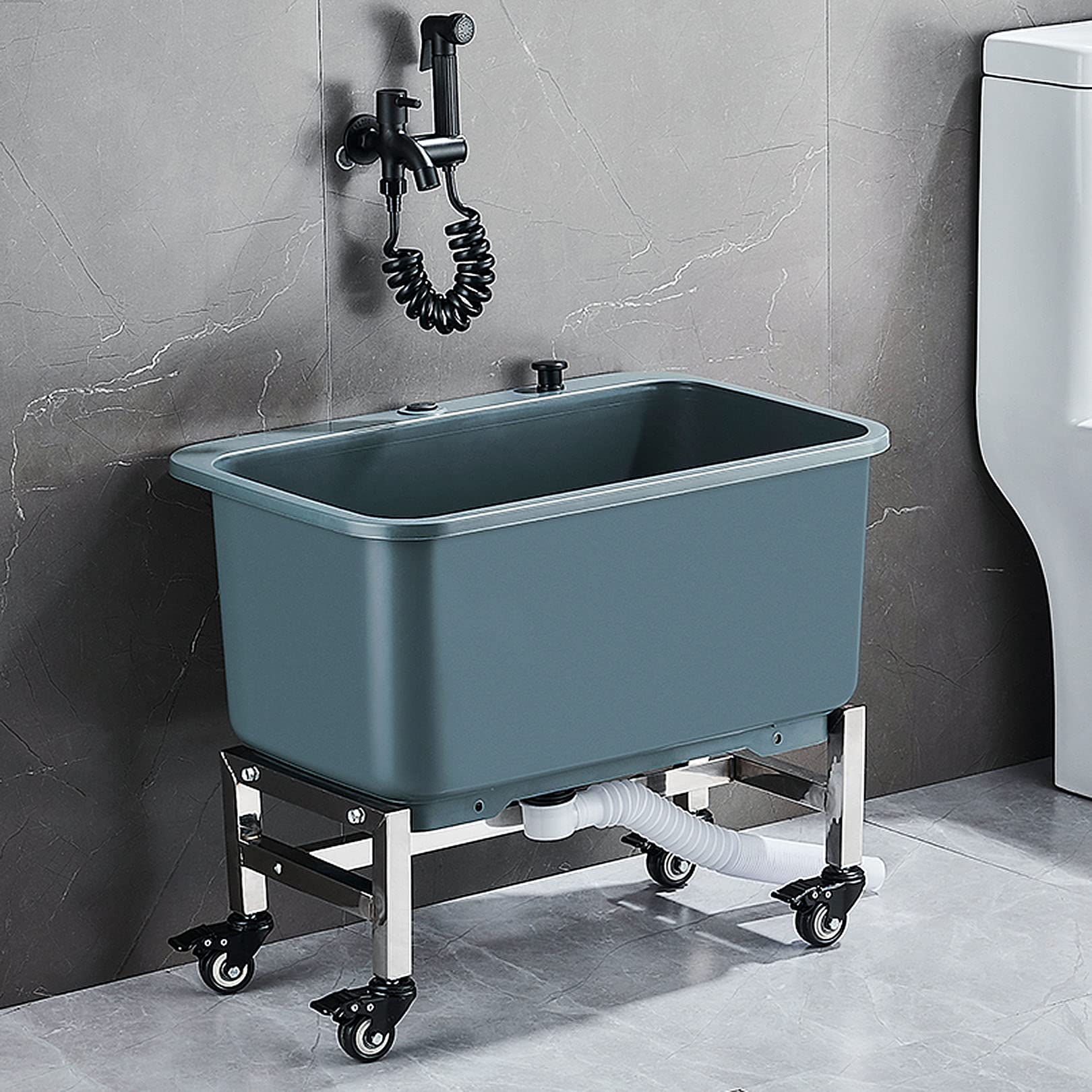
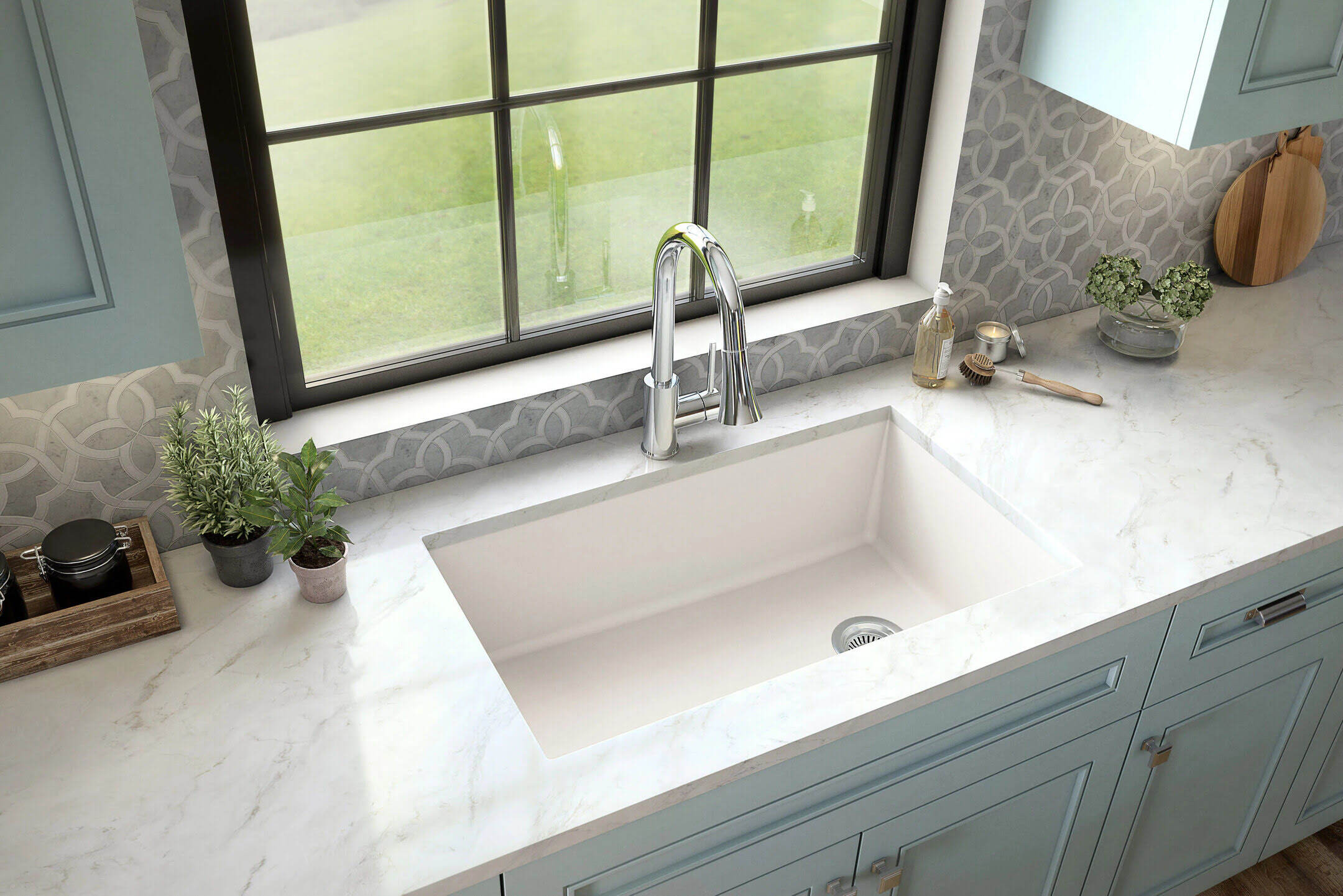

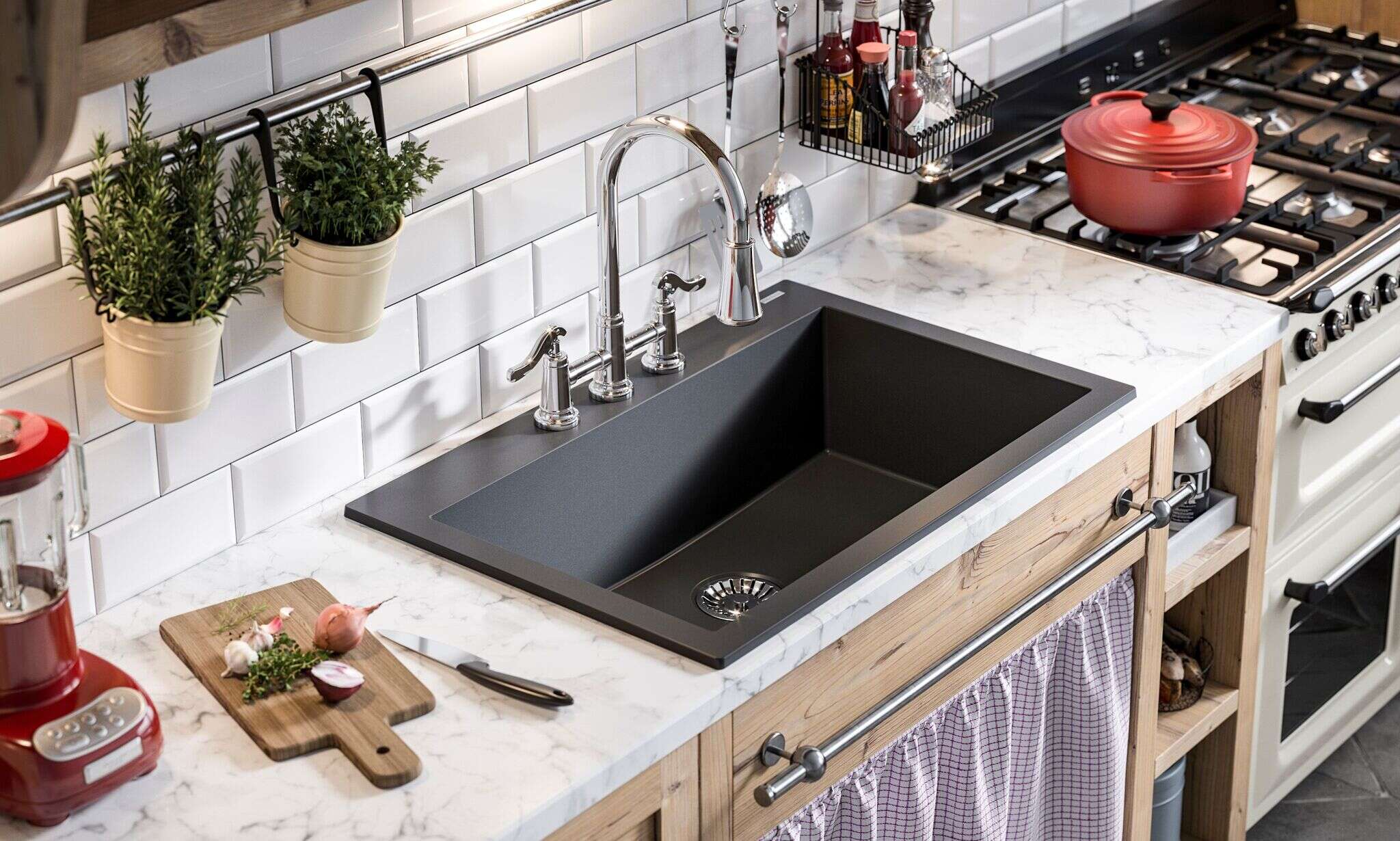
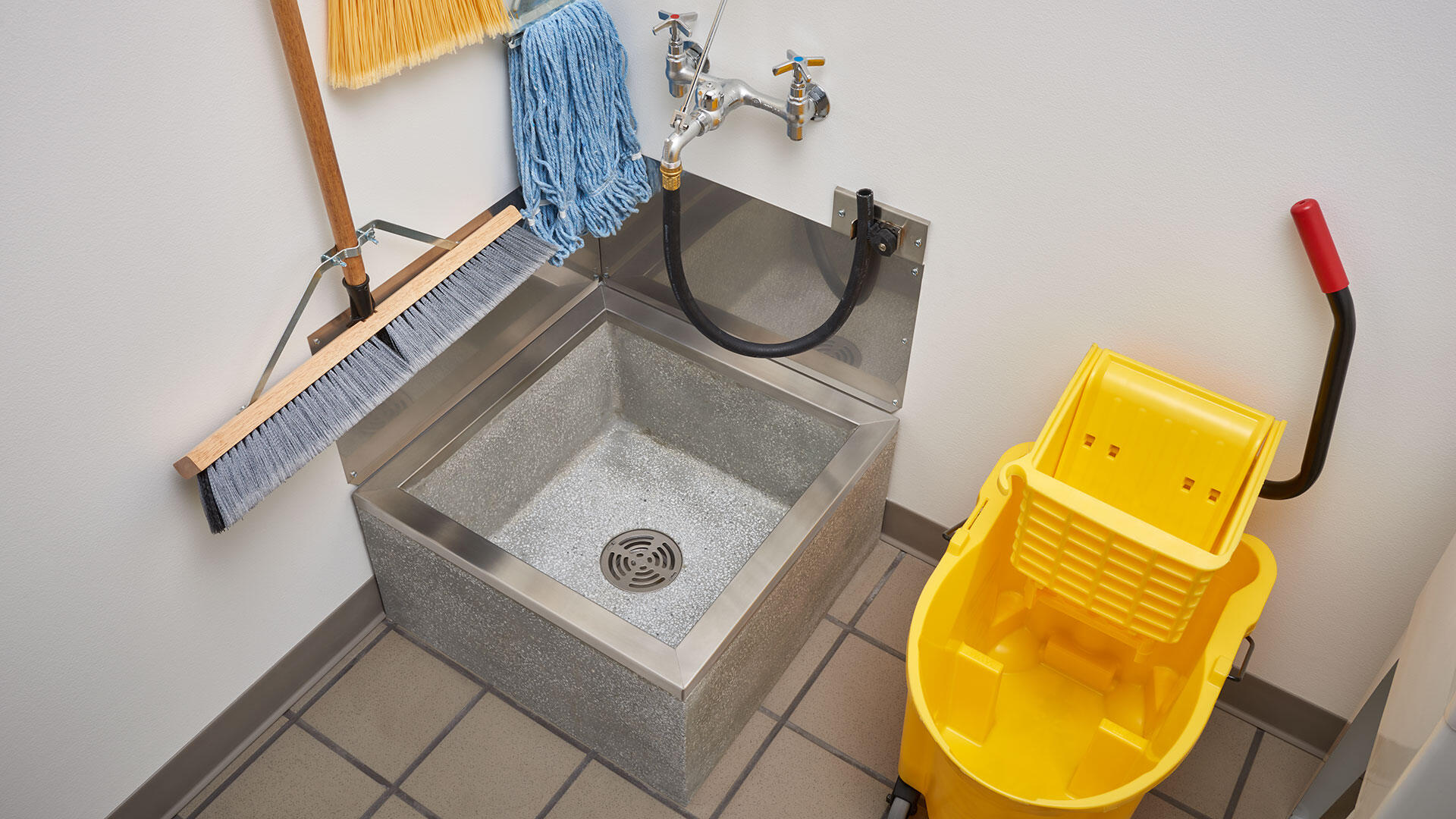
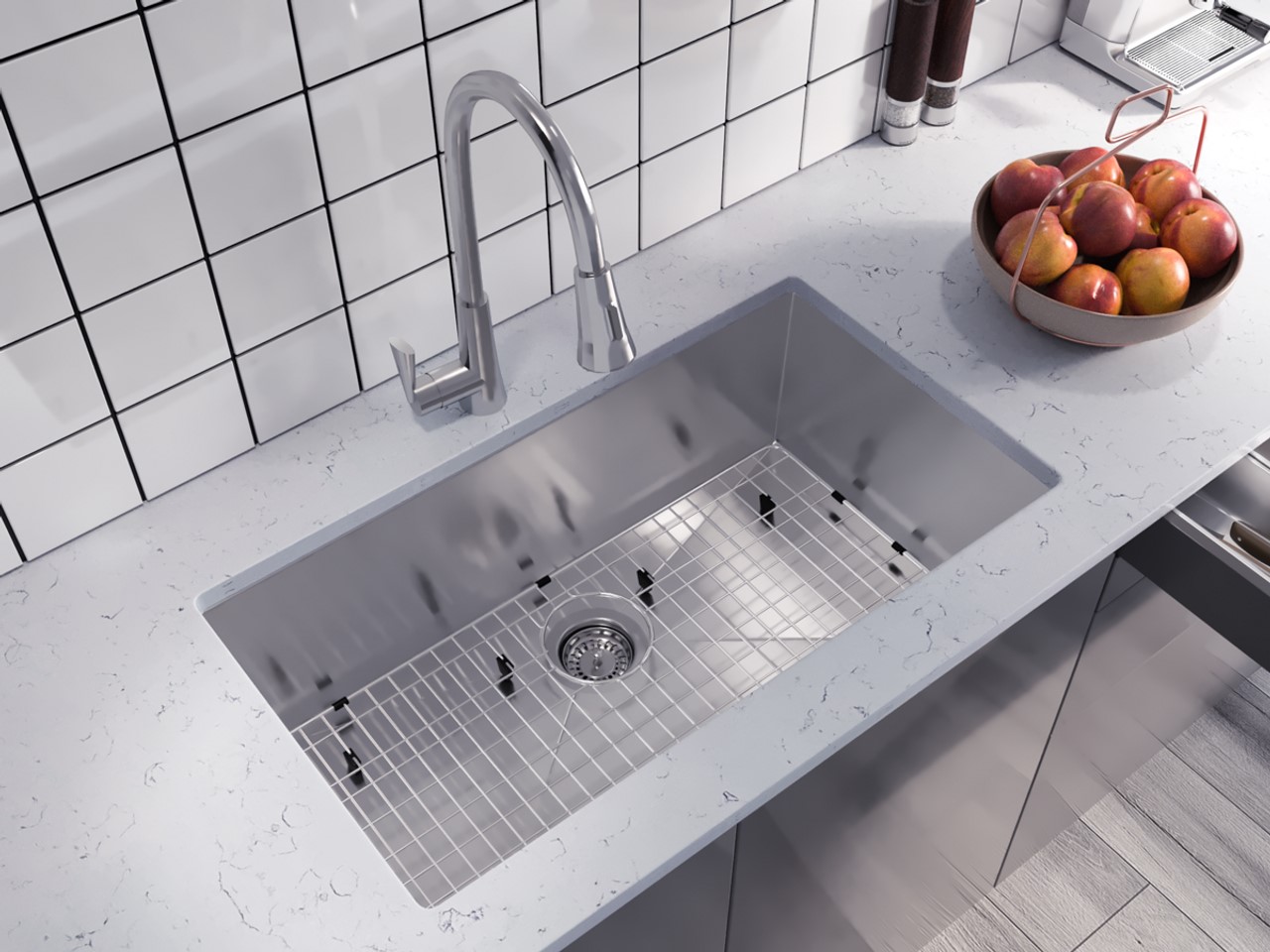
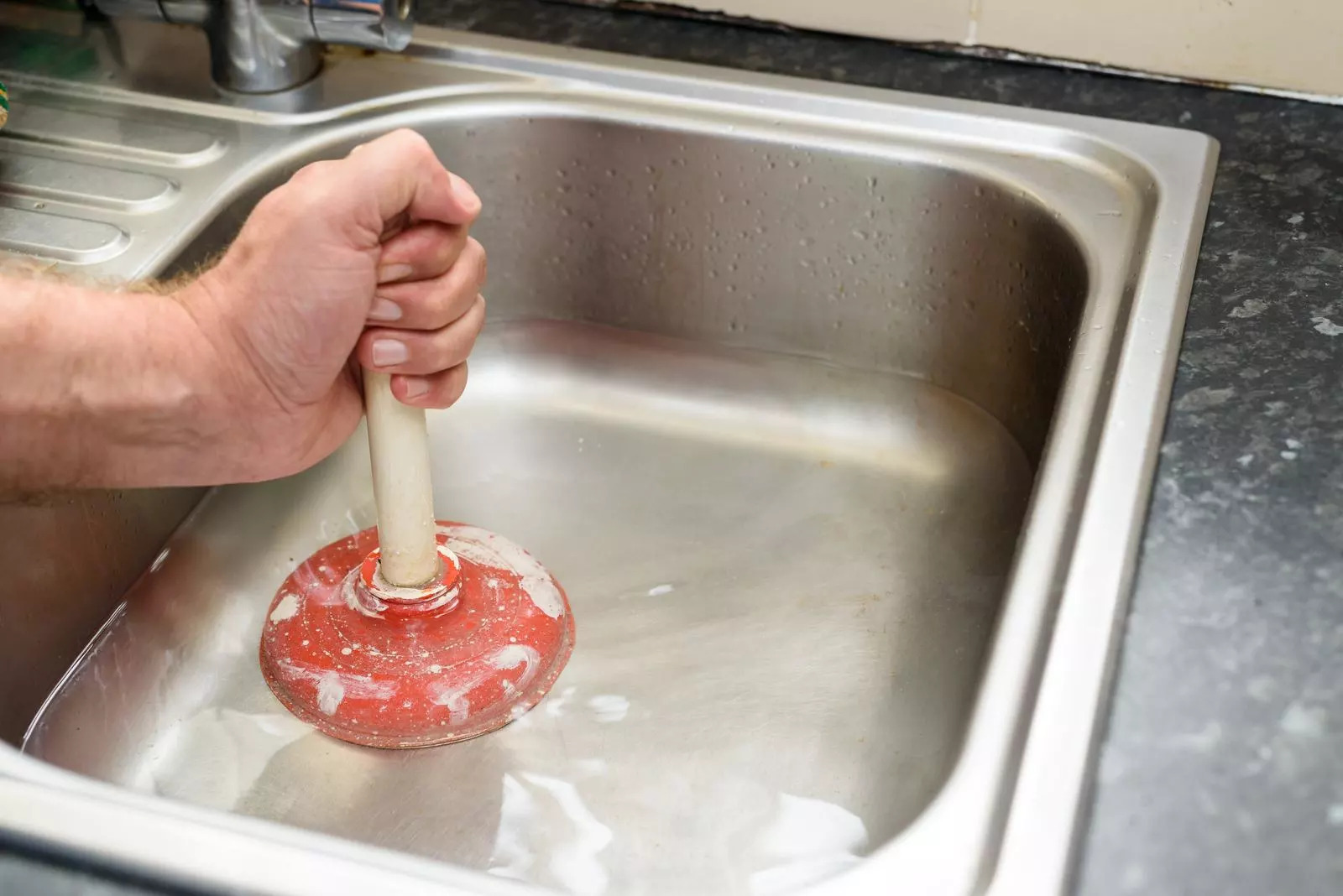
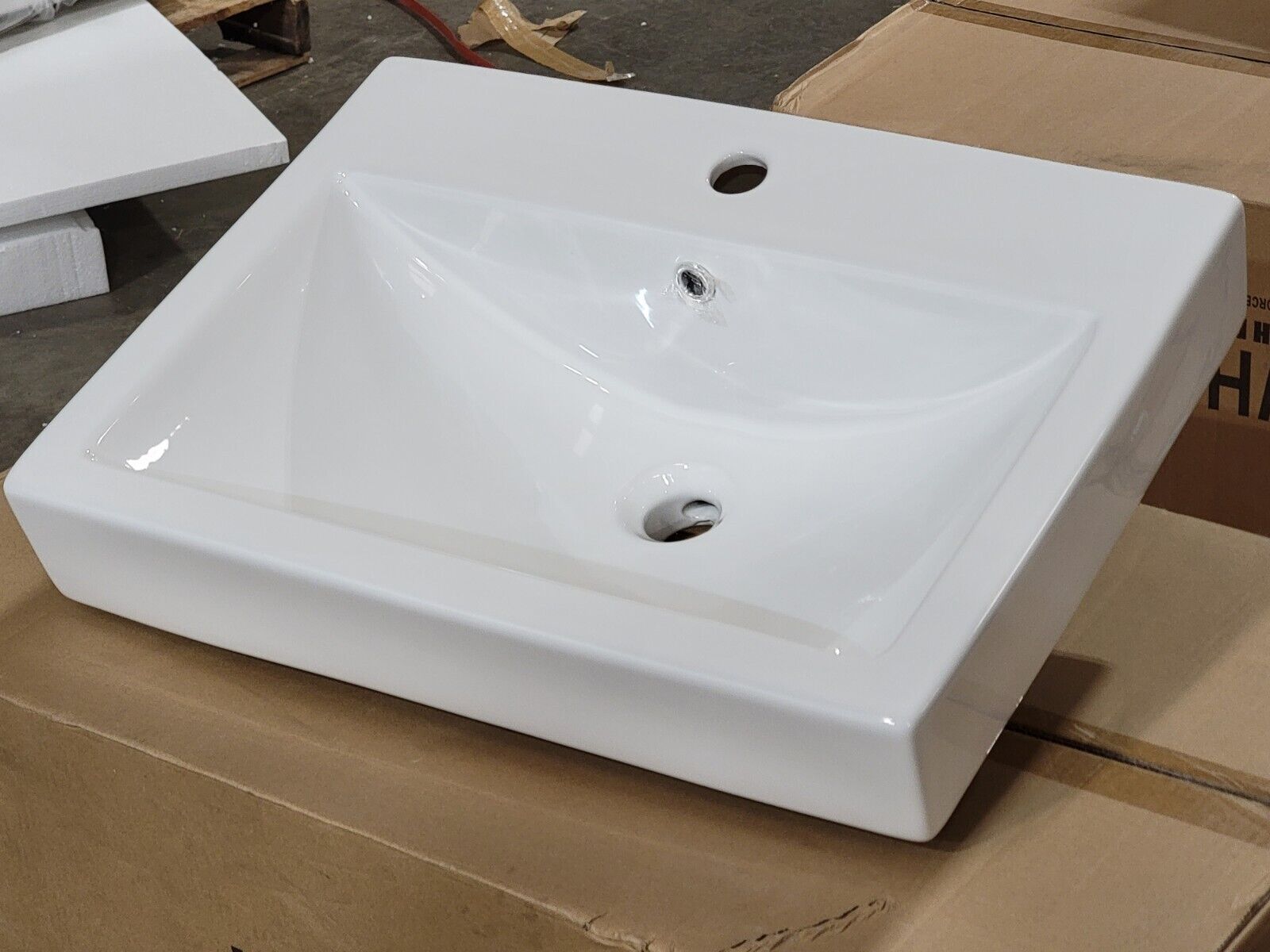
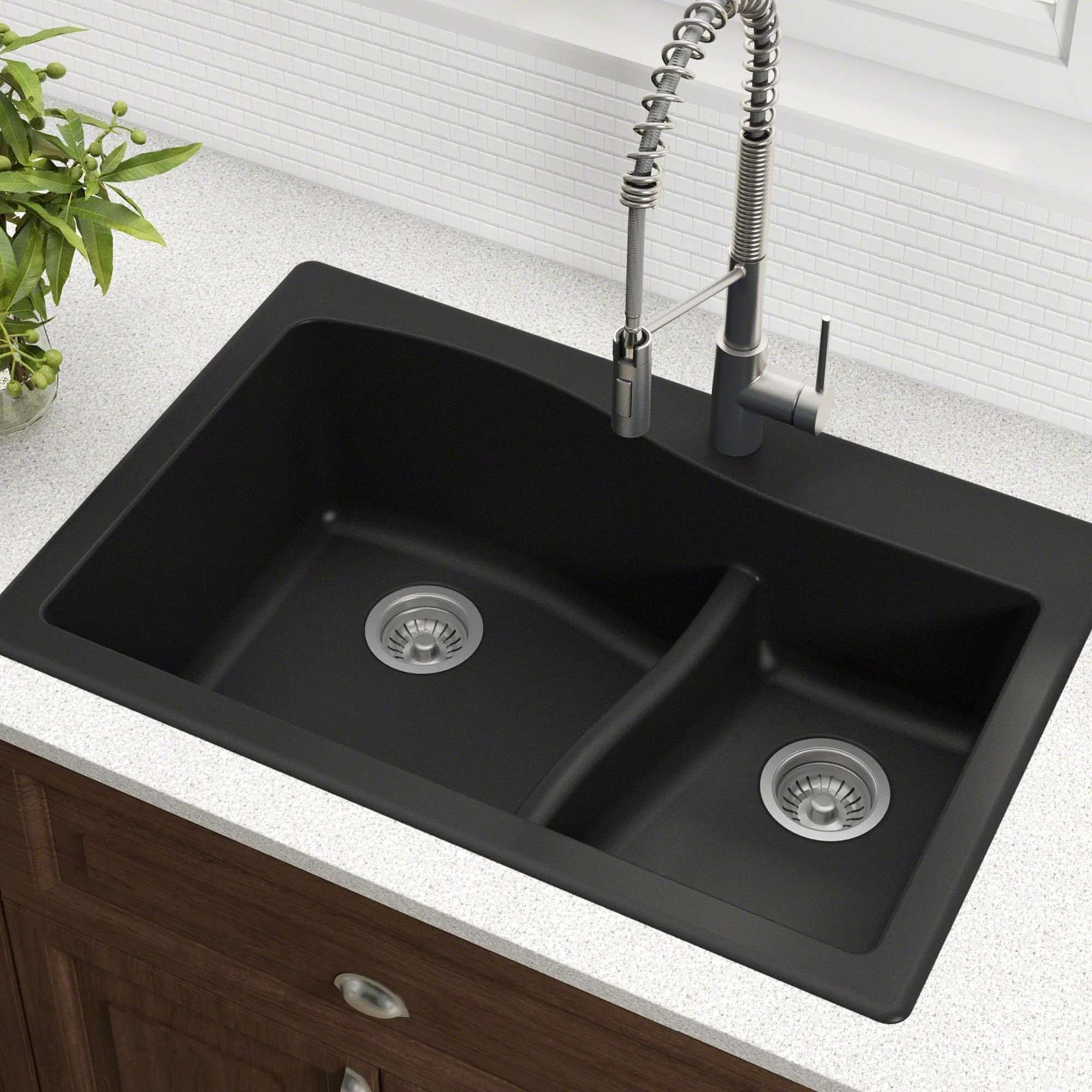

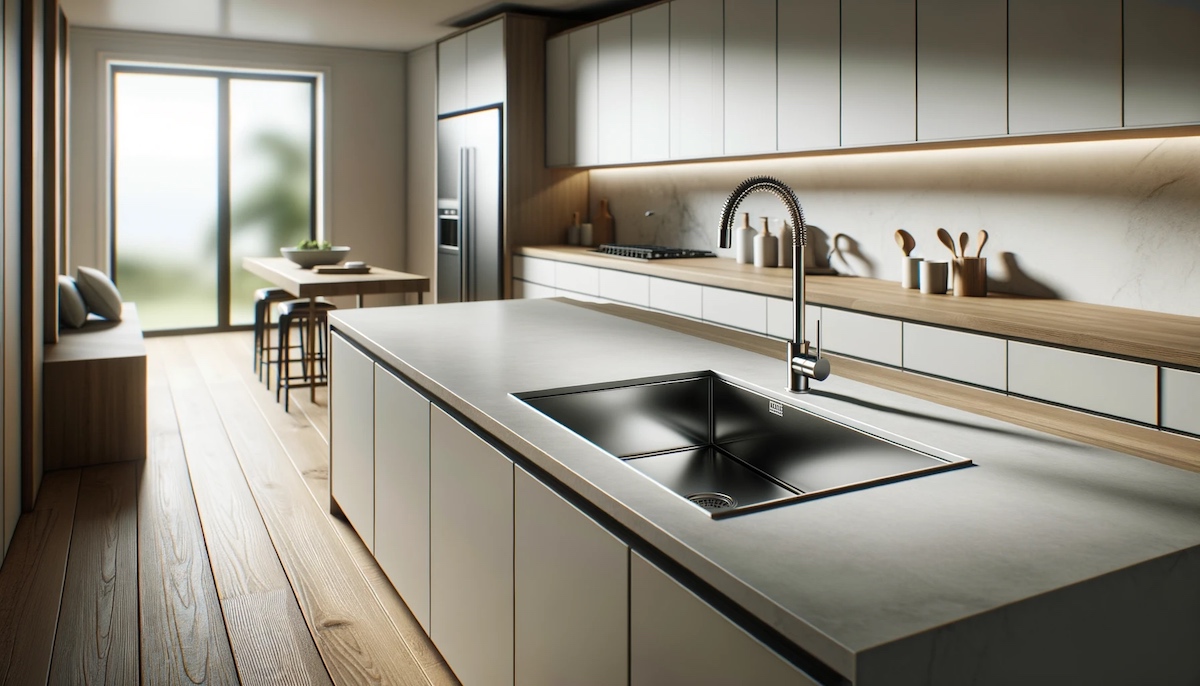

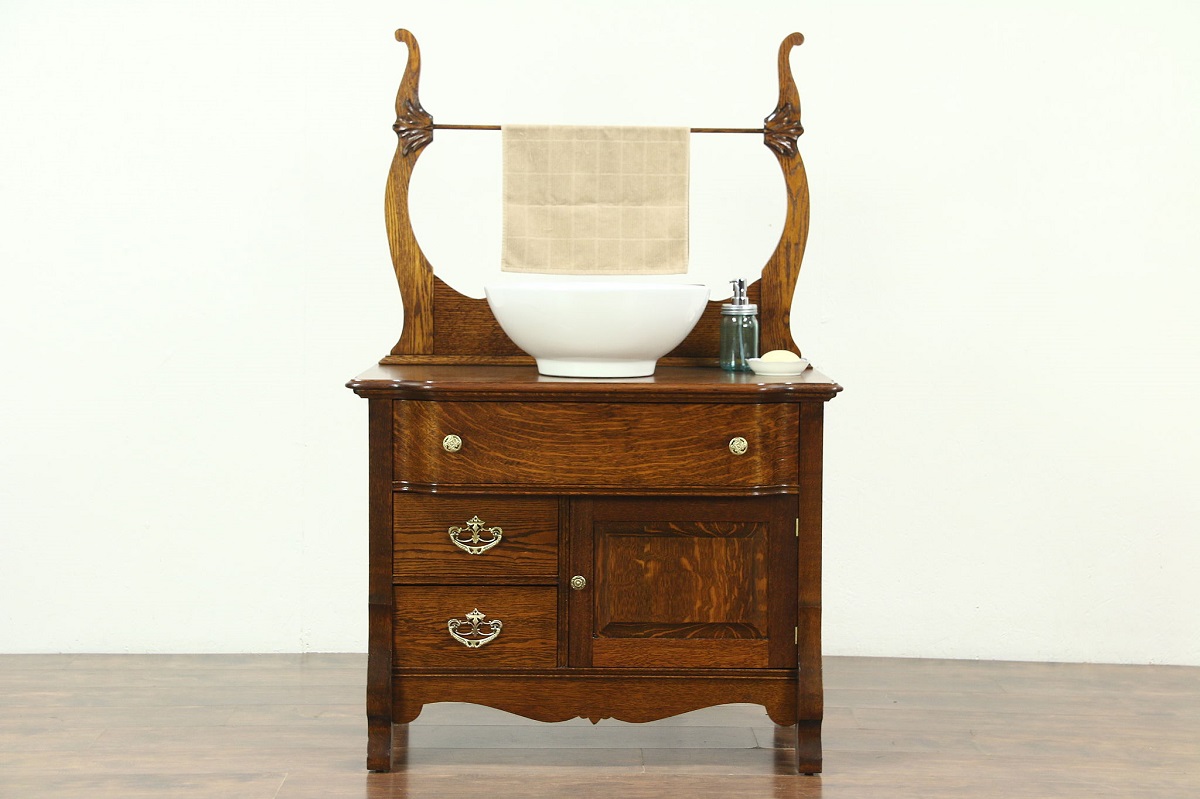

0 thoughts on “What Is A Basin Sink”